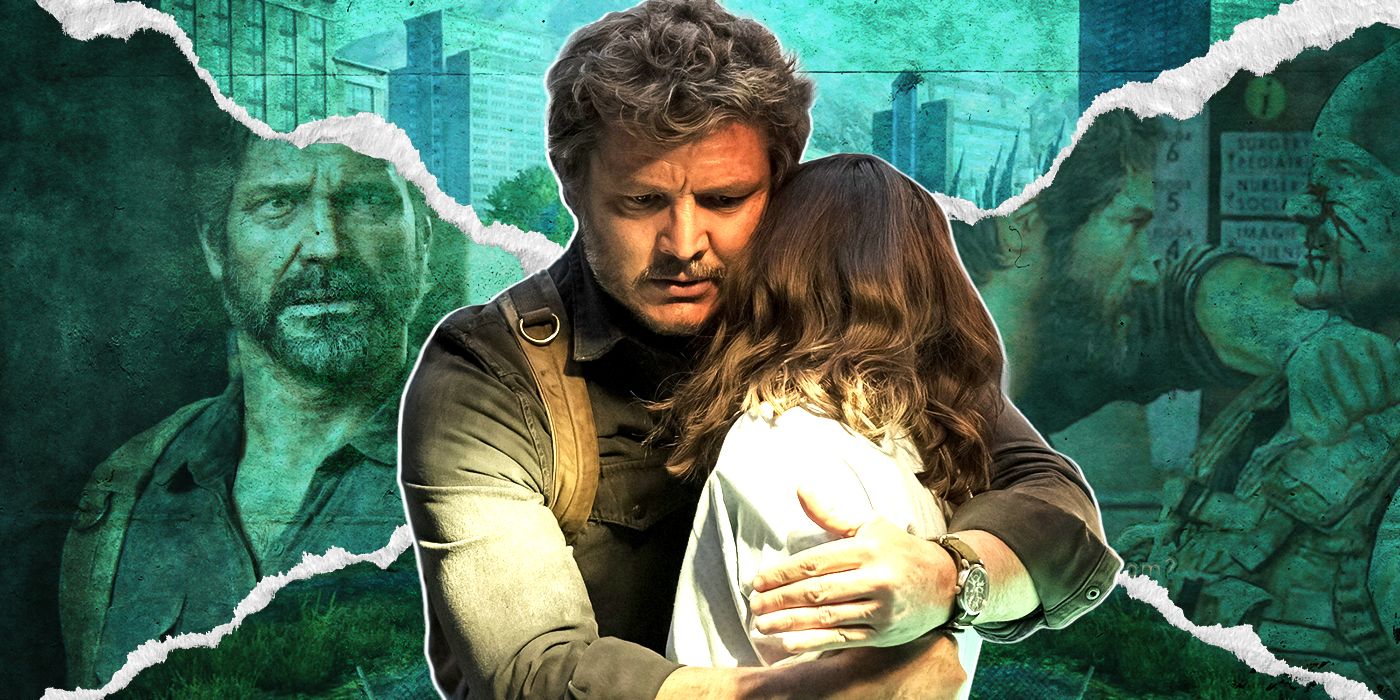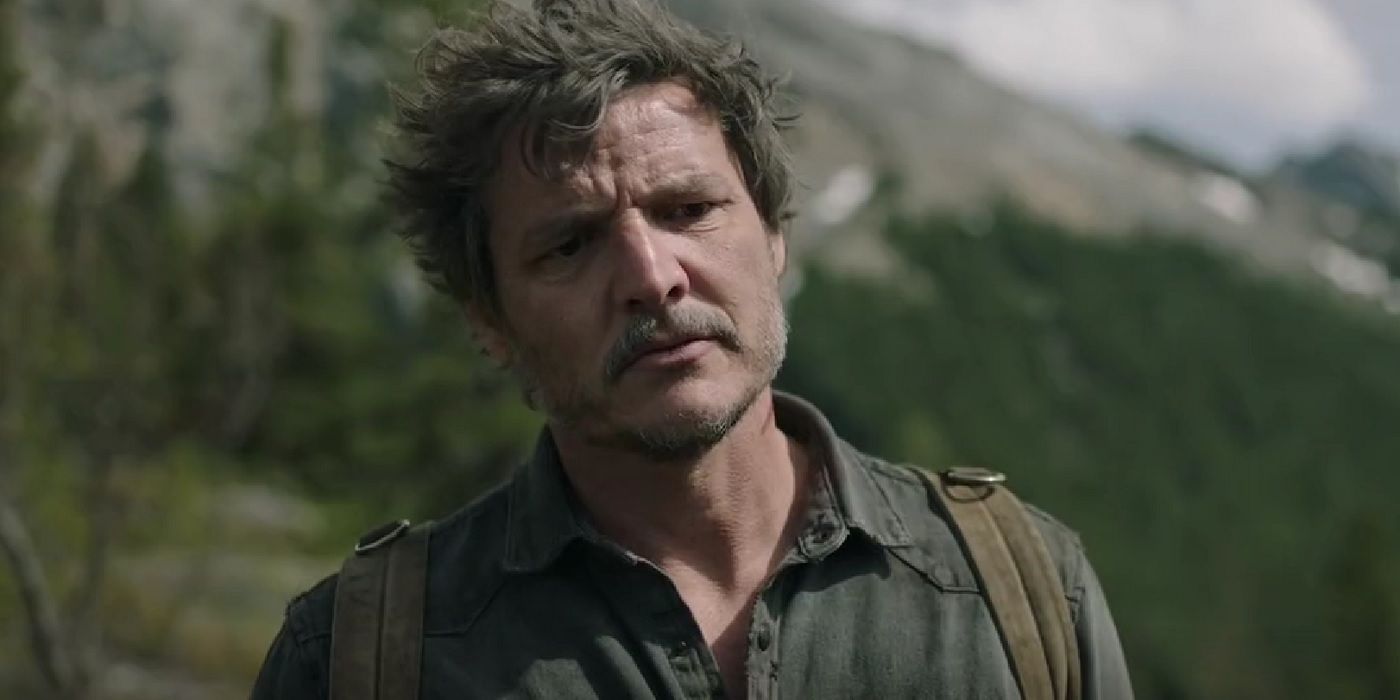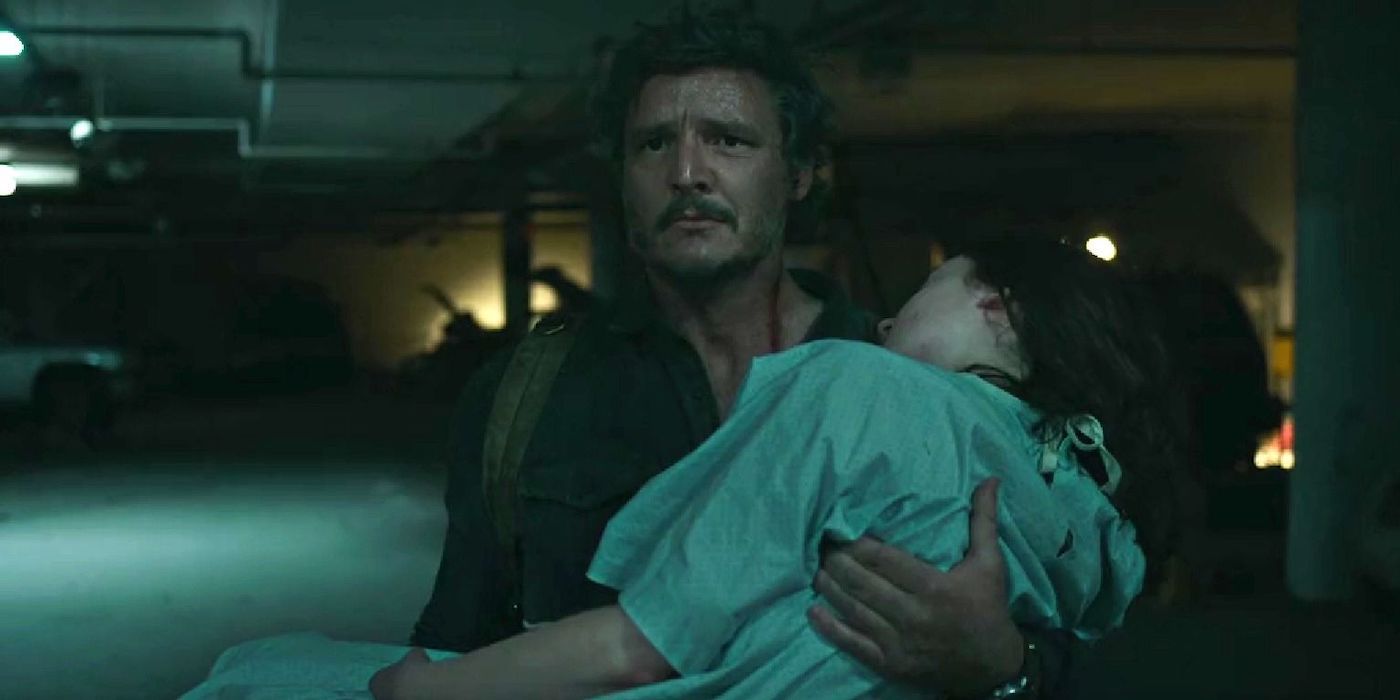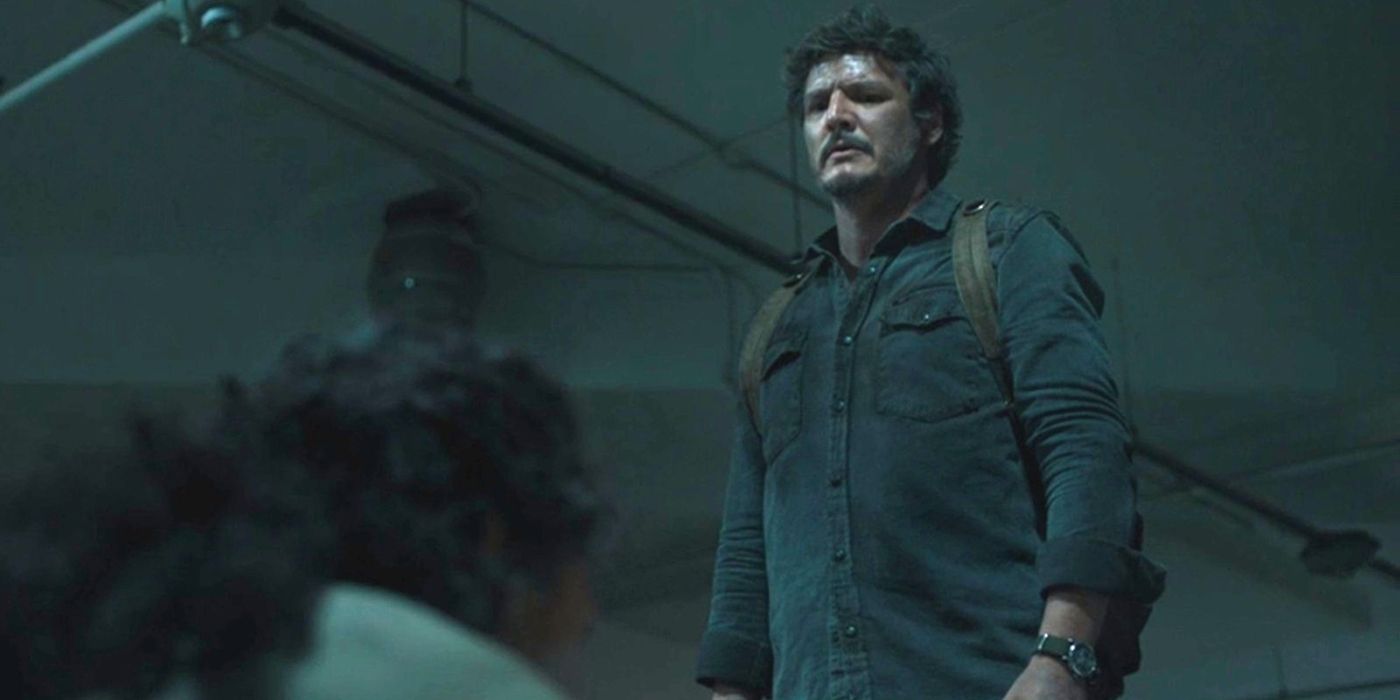Editor's Note: The following contains spoilers for The Last of Us Season 1 and spoilers for The Last of Us Part II.
One of the biggest challenges facing any video game adaptation is the difficulty of adapting the actual gameplay. While story beats can be translated easily enough, the best games rely on user input to tell their stories in a way that can be hard to replicate in a more linear medium. The Last of Us manages to sidestep this issue by focusing on the story told in the cutscenes that play in between the gameplay, largely ignoring the long stretches of fighting, looting, and sneaking that take up most of the original game’s runtime. For most of the show this worked, but in the season finale “Look for the Light,” the cracks are starting to show. By trimming down the story to the bare minimum, it weakened the impact of the show’s climax and final moments.
The Game Sequence That 'The Last of Us' Season 1 Finale Cut
For those unfamiliar with the source material, the final mission of The Last of Us game plays out very similarly to “Look for the Light.” Upon realizing that the Fireflies intend to kill Ellie (Ashley Johnson in the game, Bella Ramsey in the show) in the pursuit of a cure, Joel (Troy Baker in the game, Pedro Pascal in the show) goes on a murderous rampage through the hospital, kills the Doctor (Darren Dolynski) about to operate on Ellie, and flees to the car garage for his showdown with Marlene (Merle Dandridge). But the show cut out a bit, a short segment where you play as Joel after he leaves the operating room and runs for the elevator. During this section, you can’t fight the Fireflies chasing you, only run until you reach the safety of the elevator.
The Chase Is Important to 'The Last of Us' Narrative
In the show, this bit is completely gone. The camera cuts straight from Joel lifting Ellie off the operating table to him carrying her into the elevator. At first glance, it doesn’t seem like you’ve lost anything of note, but it causes a few problems. In the show, there’s no urgency to Joel’s escape, no indication that anyone is still alive in the hospital other than the two nurses he didn’t shoot. It robs his confrontation with Marlene of some of its tension when we don’t know if he needs to hurry before his pursuers catch up with him.
It also has the potential to impact the audience’s response when the show moves on to adapt the story of The Last of Us, Part II (those looking to avoid spoilers for subsequent seasons will want to skip this paragraph). By not showing the other Fireflies chasing after Joel, it makes it seem as though he may have killed all of them. Joel’s rampage in the show was presented impressionistically, focusing on the emotional tragedy of it rather than the actual events taking place. So, when Abby and her former Firefly friends show up in Season 2 and beyond, it may feel out of the blue rather than a natural extension of the story being told.
But what’s most important are the emotional beats the scene hits. Throughout the chase through the hospital in the game, Joel murmurs reassurances to the unconscious Ellie. “Come on baby girl,” he tells her, “I’m gonna get you outta here.” The sequence is the last time you play as Joel during the game, and it is mechanically identical to the first: him carrying his daughter Sarah (Hana Hayes in the game, Nico Parker in the show) through the chaos of outbreak day. In the show, he’s silent as he carries Ellie out, making quiet reassurances to her unconscious body cradled in his arms. While the dialogue is not always needed to convey emotion, the chaotic escape through the hospital is directly meant to call back to the story’s beginning. It’s a strong bit of connective tissue linking Ellie and Sarah, without being too on the nose. Without this bit, the show resorts to some rather ham-fisted dialogue where Joel directly compares the two girls in the final moments of the show. It works, but it’s less elegant and impactful.
Cutting Out the Gameplay Makes the Ending of 'The Last of Us' Less Believable
While the lack of the chase is problematic, it wasn’t the only way that cutting gameplay affected the final episode. In the game, the player (as Joel) has already gunned down hundreds of enemies both infected and human. Joel’s ability to commit violence is on full display, and so when he single-handedly guns down dozens of Fireflies in the hospital it feels believable. But in the show, much of that violence is gone, cut out with the rest of the gameplay sections. While this makes the instances of violence that are kept in feel shocking and visceral, it has some unintended consequences. The show often tones down the fights it does keep in, leading to Joel feeling less unstoppable than he does in the game. Thematically, this works great. But Joel’s sudden tactical proficiency in “Look for the Light” feels like a lot more of a stretch after just one raider managed to nearly kill him at the end of Episode 6 “Kin.”
While Tess (Anna Torv) makes it very clear in the first few episodes that Joel can do a lot of damage, the toned-down violence makes that less obvious. Her comments, as well as those from Tommy (Gabriel Luna) about what he and Joel did in the early days of the outbreak, are all about things that happened in the past, not onscreen. Most of what we see Joel do throughout the show is less impressive. He kills lone FEDRA guards, sneaks up on raiders, or wins a shootout against a handful of foes. His hospital rampage is leagues beyond that, pitting him against dozens of armed Fireflies. The lack of violence so far makes it hit that much harder, sure, but also makes it just a bit less easy to believe if you’re not willing to suspend your disbelief.
None of this is a major problem for the show. The ending was always going to be one of the hardest moments to adapt, and it does a remarkable job capturing the moments that made The Last of Us such an impactful game. But as the show prepares to adapt the much longer and much more complex story of Part II, it’s worth keeping a closer eye on what the gameplay is doing for the story. While much of the gameplay is fine to cut out, not all of it should be.
All episodes of The Last of Us are currently available on HBO Max.
Find out everything we know so far about Season 2 of The Last of Us, including how much it will connect to The Last of Us: Part II.
Read More About 'The Last of Us'
-
'The Last of Us': Every Zombie-Type Explained, From Runners to Bloaters
-
'The Last of Us' vs. 'The Walking Dead': Comparing the Apocalypse Depictions
-
Every Character in 'The Last of Us' Series Who is Not in the Games




